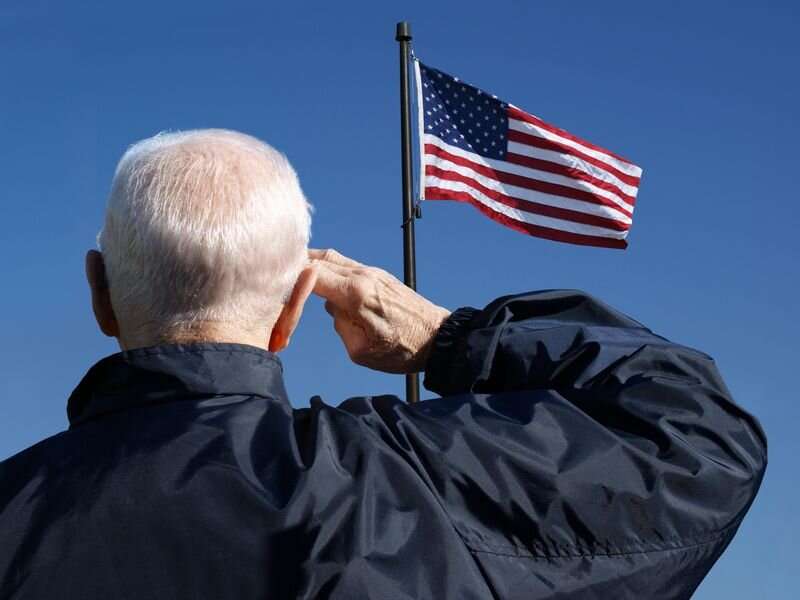More than one-third of TRICARE military beneficiaries live in communities with inadequate access to psychiatrists, according to a study published online Jan. 3 in JAMA Network Open.
Marigee Bacolod, Ph.D., from the Naval Postgraduate School in Monterey, California, and colleagues assessed geographic variation in the availability of military and civilian psychiatrists within a 30-minute driving time of TRICARE beneficiaries' communities. The analysis included 39,487 unique communities with at least one TRICARE beneficiary between Jan. 1, 2016, and Sept. 30, 2020.
The researchers found that 35 percent of TRICARE beneficiaries lived in communities with a shortage of both military and civilian psychiatrists, and 6 percent lived in communities with no access to military or civilian psychiatrists. Compared with average income communities without high income inequality, low-income communities with high income inequality were 1.64 times more likely to have inadequate access to psychiatrists and 2.59 times more likely to have no access to psychiatrists. Additionally, low-income communities without high income inequality were 1.37 times more likely to have inadequate access to psychiatrists and 1.93 times more likely to have no access to psychiatrists. Compared with urban communities, rural communities were 6.65 times more likely to have inadequate access to psychiatrists.
"The study suggests that rural and economically disadvantaged communities need targeted strategies as the U.S. Department of Defense considers realignment of military psychiatric capacity, because they cannot rely on civilian psychiatrists to fulfill the need gap for these shortage areas," the authors write.
More information: Marigee Bacolod et al, Spatial Analysis of Access to Psychiatrists for US Military Personnel and Their Families, JAMA Network Open (2023). DOI: 10.1001/jamanetworkopen.2022.49314
Journal information: JAMA Network Open
2023 HealthDay. All rights reserved.























